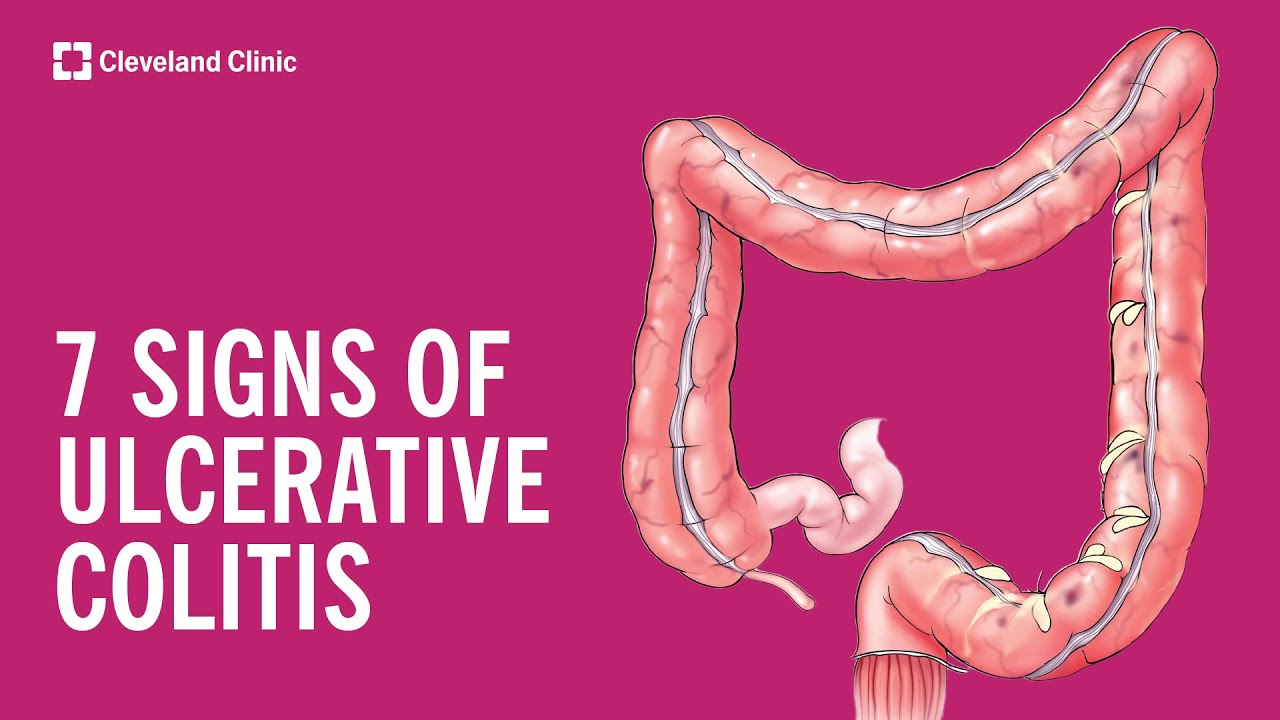Screening intervals for nondysplastic Barrett’s esophagus might be safely lengthened
Reuters Health • The Doctor's Channel Daily Newscast
The risk of esophageal adenocarcinoma is up to 40 times higher than normal in patients with Barrett’s esophagus (BE), and surveillance is recommended for such patients, note Dr. Prateek Sharma, with the Veterans Affairs Medical Center in Kansas City, Missouri and colleagues in the March issue of Clinical Gastroenterology and Hepatology.
“However, the burden of endoscopic surveillance of BE patients is significant and continues to generate a great deal of controversy,” the authors point out. They have therefore been studying the incidence of high-grade dysplasia and esophageal adenocarcinoma in patients with nondysplastic Barrett’s esophagus at five tertitary care centers.
The current study includes 1204 such patients followed for a mean of 5.52 years. It shows that 18 patients developed esophageal adenocarcinoma for an incidence of 0.27% per year, and 32 developed high-grade dysplasia for an incidence of 0.48% per year.
Five-year cancer-free survival is 98.6% and the 10-year rate is 97.1%, the team reports.
The only factor associated with progression was the length of the Barrett’s esophagus segment, according to the report. The annual incidence of esophageal cancer was 0.65% with segment length of 6 cm or more, but only 0.09% with less than 6 cm.
“Results from this large multicenter cohort study highlight the low annual incidence rates of dysplasia and esophageal adenocarcinoma in patients with Barrett’s esophagus,” Dr. Sharma and colleagues conclude. “Because the vast majority of patients are free of cancer at long-term follow-up evaluation, lengthening of surveillance intervals should be considered.”
The authors of a related editorial agree. “Our surveillance intervals for nondysplastic Barrett’s esophagus likely should be lengthened beyond current typical practice,” write Drs. Jason J. Lewis and Joel H. Rubenstein with the University of Michigan Medical School in Ann Arbor. “In particular, perhaps surveillance in patients with short-segment Barrett’s esophagus could be lengthened to as much as 10 years.”
Dr. Sharma and colleagues add that priority should be given to developing a risk-stratification system so that surveillance can be targeted to patients at highest risk for progression.
Clin Gastroenterol Hepatol 2011;9:220–227.







